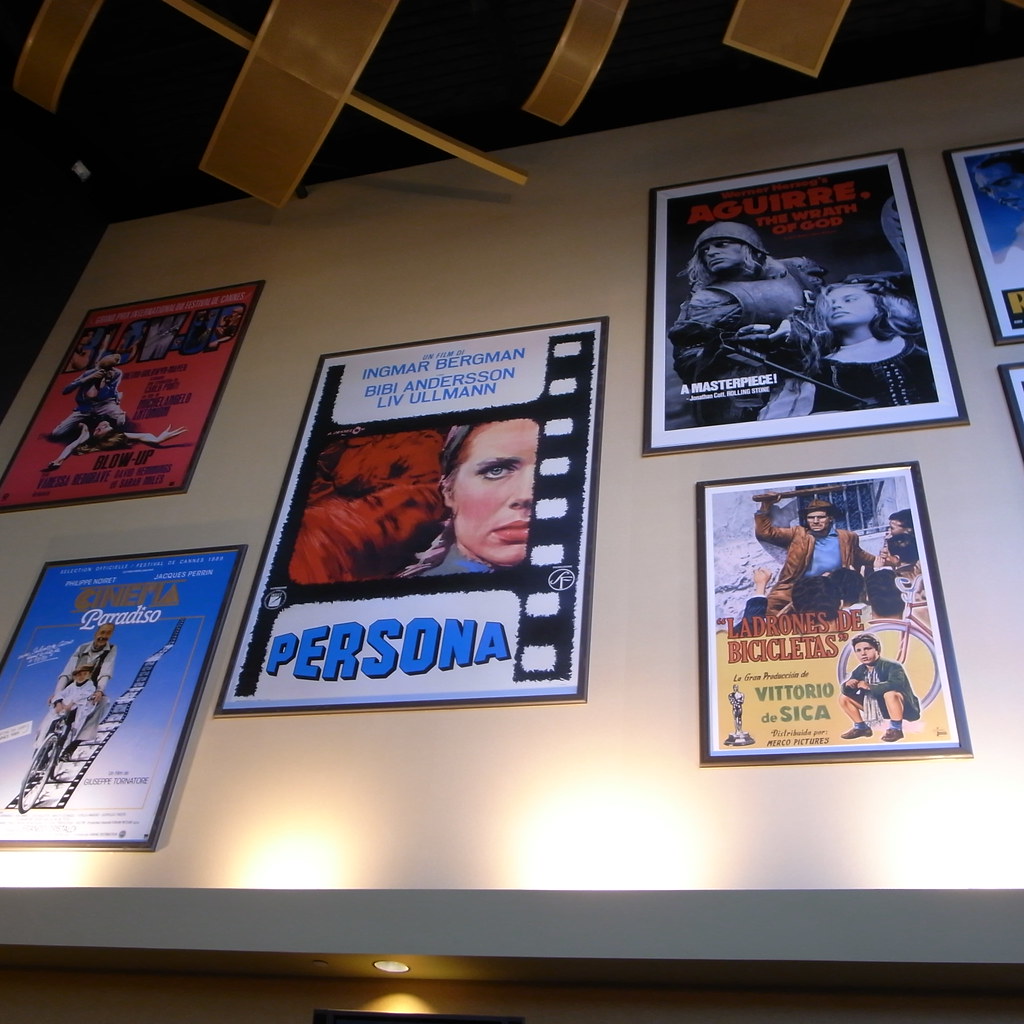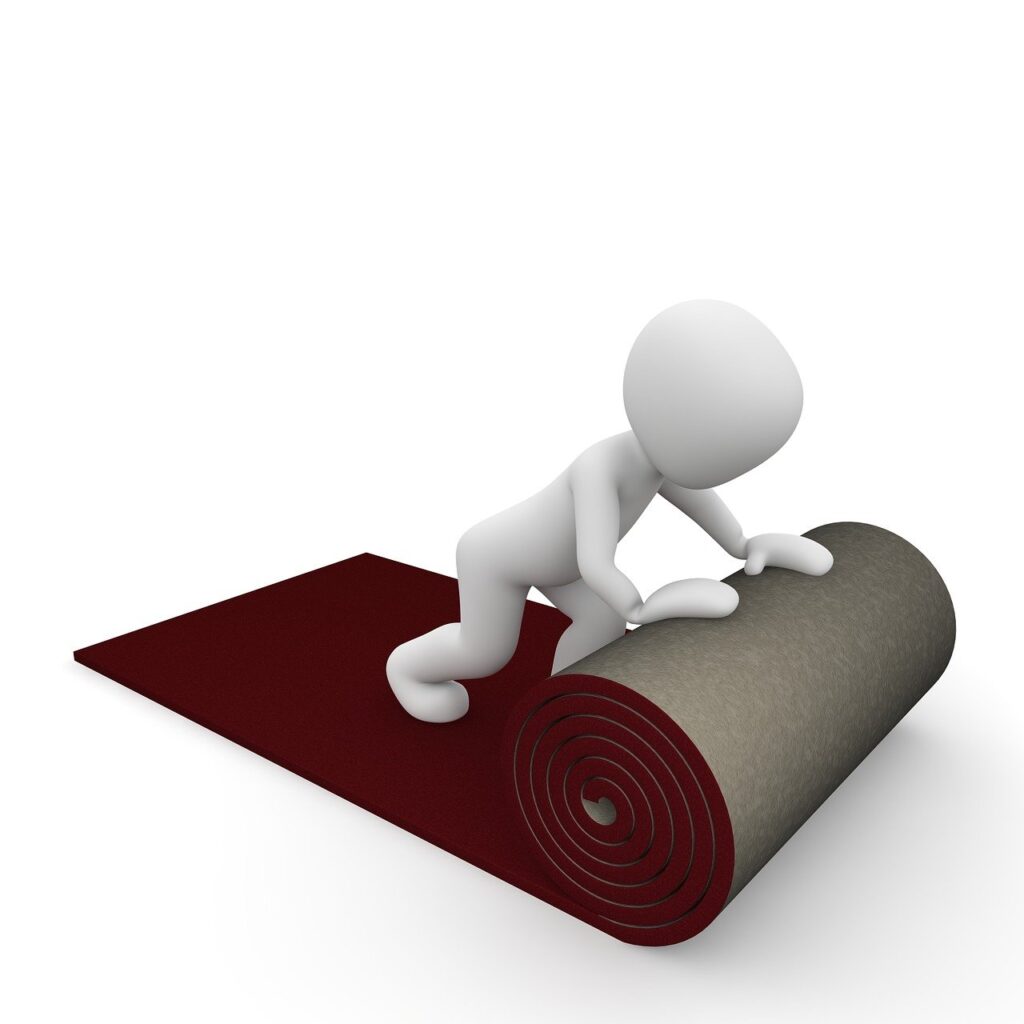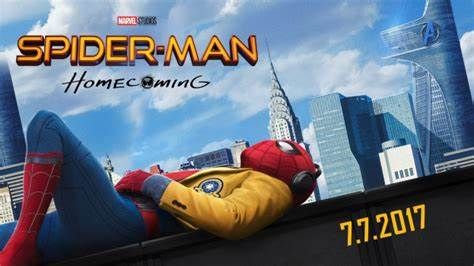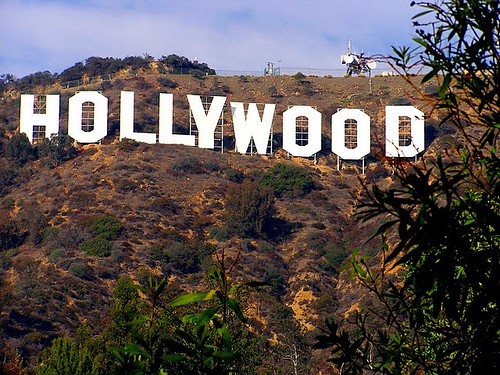
Have you ever watched a trailer and felt completely hooked, convinced you absolutely *had* to see the movie the moment it dropped? That rush of excitement, the lump in your throat, or the sudden urge to laugh out loud, all from just a two-minute preview? That feeling isn’t an accident. It’s the result of Hollywood’s carefully designed psychological weapons: movie trailers, engineered not just to show you a glimpse of a film, but to hook you in seconds and stay in your mind for weeks. These bite-sized masterpieces are more than just advertisements; they are masterclasses in emotional manipulation, subtly guiding your feelings and building an irresistible anticipation that can be incredibly powerful.
Filmmakers are true maestros, meticulously crafting every single frame, sound, and edit in a movie to guide viewers through an intense journey of emotions. From the soaring highs of triumph to the gut-wrenching lows of heartbreak, every element is chosen with a distinct purpose. These same principles, honed over decades in full-length features, are then condensed and amplified for trailers, using a powerful combination of visual techniques, captivating music, snippets of compelling storytelling, and razor-sharp editing to create immediate, visceral emotional responses that linger long after the screen goes black.
It’s an art form, really, how these mini-movies manage to connect with us on such a profound level, often without us even realizing the strings being pulled. Let’s pull back the curtain and explore 13 simple facts about how Hollywood movie trailers manipulate your emotions, diving deep into the fascinating techniques that make us feel *all the feels* before we even step into the cinema. Get ready to have your mind blown by the subtle psychology behind your next favorite movie preview!
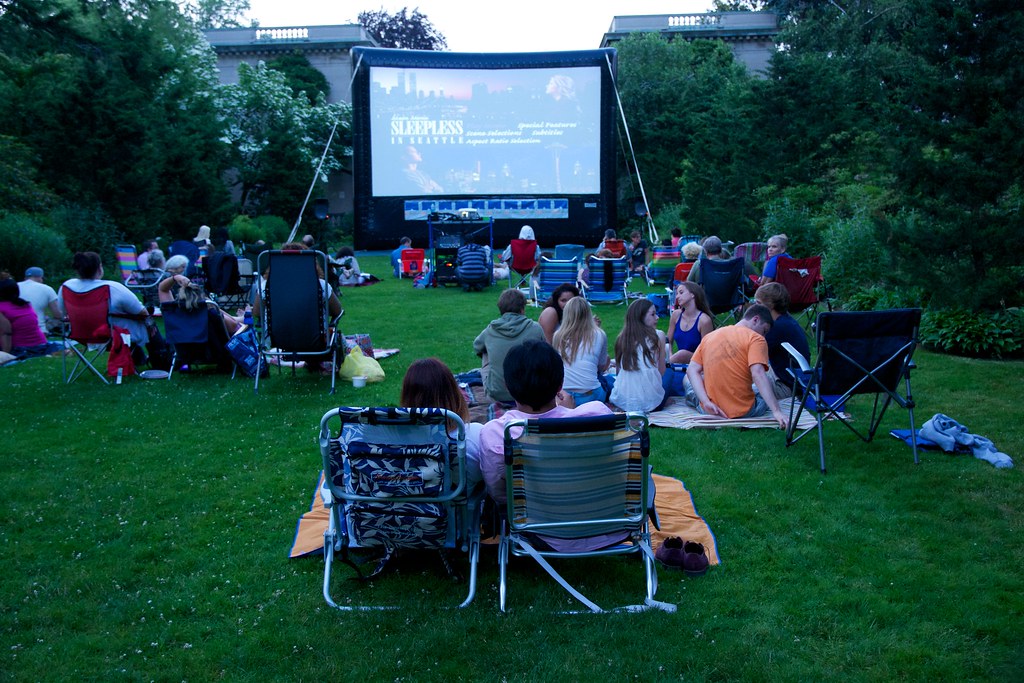
1. **How Camera Work Shapes Your Emotions in Trailers**The way a scene is shot plays a truly monumental role in how a movie—and by extension, its trailer—makes us feel. Every single camera angle and movement is meticulously planned, influencing our perception of a character, a situation, or even the entire narrative. In a trailer, where time is of the essence, these visual cues are supercharged to deliver maximum emotional punch in mere seconds, quickly drawing us into the world and making us feel an instant connection or a jolt of suspense.
Think about those moments when a trailer zooms in tight on a character’s face. These close-up shots bring us incredibly close to a character’s raw emotions. A quick shot of a tear rolling down someone’s cheek, a subtle tremor in their lip, or a sudden, radiant smile can make a moment feel incredibly personal and powerful. When a trailer wants us to share a character’s excitement or happiness, that close-up makes us feel like we’re right there, experiencing it with them, forging an immediate bond.
On the flip side, trailers also leverage wide shots to establish a grand sense of space and perspective. Imagine a breathtaking shot of a character standing alone in a vast, open field, or an epic landscape stretching to the horizon. These aren’t just pretty pictures; they create a feeling of freedom, adventure, or sometimes, profound loneliness. By showcasing these expansive visuals, trailers quickly immerse us in the scale of the story, hinting at the journey or isolation that awaits.
Camera movement itself is another potent tool. A smooth, steady shot creates a calming, dreamlike effect, while a handheld camera adds excitement, energy, or danger. Trailers expertly cut between these styles. Slow motion can make a pivotal moment feel incredibly significant, allowing us to absorb every detail and emotion. Low-angle shots make characters appear strong, while high-angle shots can signal vulnerability, expertly guiding our emotional perception.
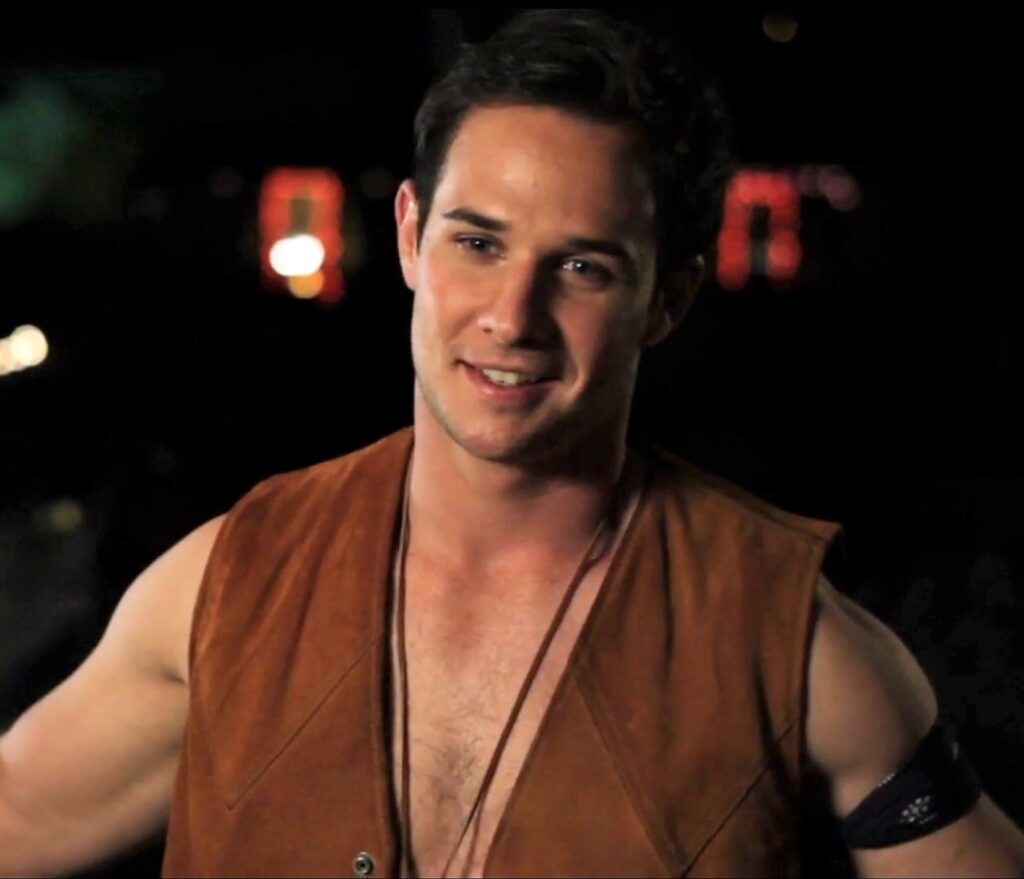
2. **The Role of Lighting and Colors in Trailer Impact**Just like in a full feature film, lighting and color design in trailers aren’t just about aesthetics; they influence our emotions in ways we might not always consciously notice. Filmmakers meticulously use different lighting techniques to set the mood of a scene, even within the compressed format of a trailer. A quick flash of soft, warm lighting immediately creates a welcoming, comforting atmosphere, making us feel safe and drawn to the characters.
Then there’s the use of natural daylight, which instantly gives a sense of realism and authenticity. Scenes bathed in golden light often evoke feelings of comfort, nostalgia, or hopeful possibility, painting the film as uplifting or deeply moving. These brief, glowing moments in a trailer are designed to make us feel good, associating the film with positive emotions, urging us to seek out more of that feeling.
Colors are equally important, working alongside lighting to create an emotional tapestry. Bright and vibrant colors burst with energy and excitement, signaling action, comedy, or exhilarating adventure. Think of dazzling explosions or lively party scenes in a trailer – the vibrant hues are there to get your adrenaline pumping and make you feel the thrill. They communicate dynamic fun and urgency.
On the other hand, cooler shades like deep blues and purples are frequently used to create a sense of calm, mystery, or introspection. A trailer might quickly cut to a scene dominated by cool tones to suggest a more thoughtful, dramatic, or even somber narrative. These visual signals are incredibly powerful, shaping your expectations and emotional readiness for the movie long before you even see the opening scene.
Read more about: Out of This World: Myrtle Beach Man’s Extraordinary Car Set for John Travolta Film Debut
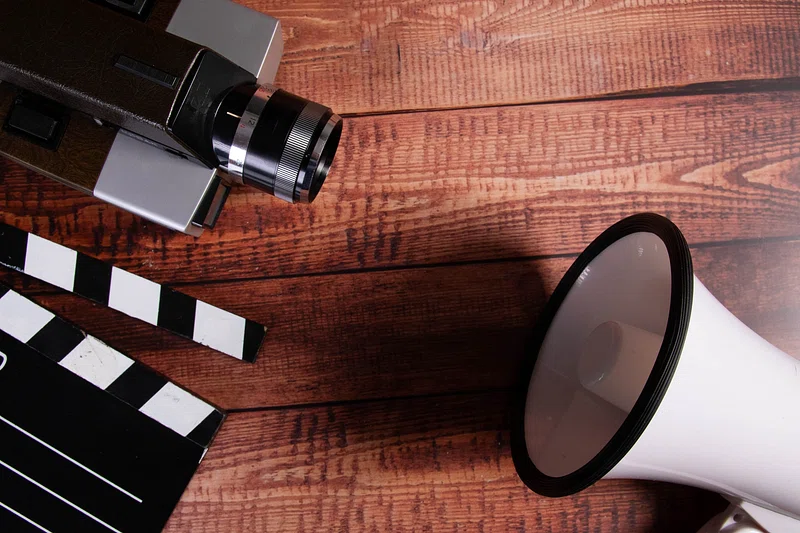
3. **How Music and Sound Create Emotional Impact in Trailers**Music has an almost magical ability to stir emotions, and in a movie trailer, its power is magnified tenfold. The right soundtrack can instantly enhance a scene’s meaning, transforming even a quick shot into an unforgettable, emotionally charged moment. It’s the ultimate emotional shortcut, guiding your feelings with every note and beat, making you feel everything from euphoria to dread in a matter of seconds.
When a trailer needs to build excitement and urgency, it almost always employs fast-paced, energetic music. Think of those epic drumbeats, rapid string sections, or pulsating electronic scores that accompany a montage of action sequences. This type of music is designed to get your heart racing, signaling adventure, suspense, or high-stakes drama. An uplifting melody during a triumphant character moment can make us feel instantly inspired and hopeful.
Conversely, slow, soft music in a heartfelt or dramatic scene snippet instantly deepens our emotional connection, inviting empathy or a sense of sadness. A mournful piano chord or a sweeping, melancholic string section can turn a quick shot of a character’s pained expression into a moment of profound emotional resonance. These musical cues tell us, without words, that this film has depth, heart, and will explore powerful themes.
Even silence is an incredibly important tool in a trailer’s arsenal. When the music suddenly drops out at a key, dramatic moment, it instantly draws the audience’s attention, making the scene feel intensely powerful. That sudden pause creates massive anticipation, making the *next* sound or musical cue even more meaningful. Sound effects also contribute massively, adding layers of realism and immersion, drawing you in on a deeper, more visceral level.
Read more about: Unpacking the Method: The Extreme Techniques and Divisive Practices of Method Acting That Sparked On-Set Drama
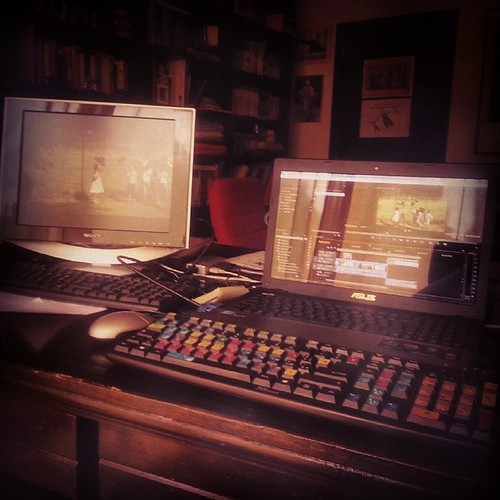
4. **The Power of Editing in Trailer Storytelling**Editing is where a movie truly comes to life, and in a trailer, it’s nothing short of magic. The way scenes are arranged and paced affects *everything* about how we experience emotions, transforming disparate clips into a coherent, emotionally charged narrative. A trailer is essentially a masterclass in condensed storytelling through editing, designed to get you hooked with precision and rhythm.
One of the most effective editing techniques widely used in trailers is the montage. This is when multiple short scenes or images are shown in a rapid sequence, often to convey the passage of time, a character’s intense training, or a significant transformation. Even in a 15-second montage, we feel a powerful sense of struggle and impending accomplishment, right along with them. It tells a whole mini-story without much dialogue.
The rhythm of editing is also a huge influencer of how we feel. Quick cuts, often seen in action or suspense trailers, create immediate excitement, energy, and a sense of urgency, making the action sequences feel incredibly engaging and heart-pounding. These rapid transitions don’t give you time to think; they just make you *feel*. They push the adrenaline, signaling a fast-paced, thrilling ride.
Conversely, slower edits allow us to take in more details, making emotional and dramatic moments feel significantly more meaningful and profound. A trailer might linger on a character’s pensive look or a crucial piece of dialogue, using slow pacing to emphasize emotional depth. This masterful control of pace and revelation, building tension, releasing it, and surprising you, is what makes trailers such potent emotional catalysts.
Read more about: Honestly, What Happened To Them? 15 Iconic Special Effects From Old Films That We Forgot Still Astound Us.
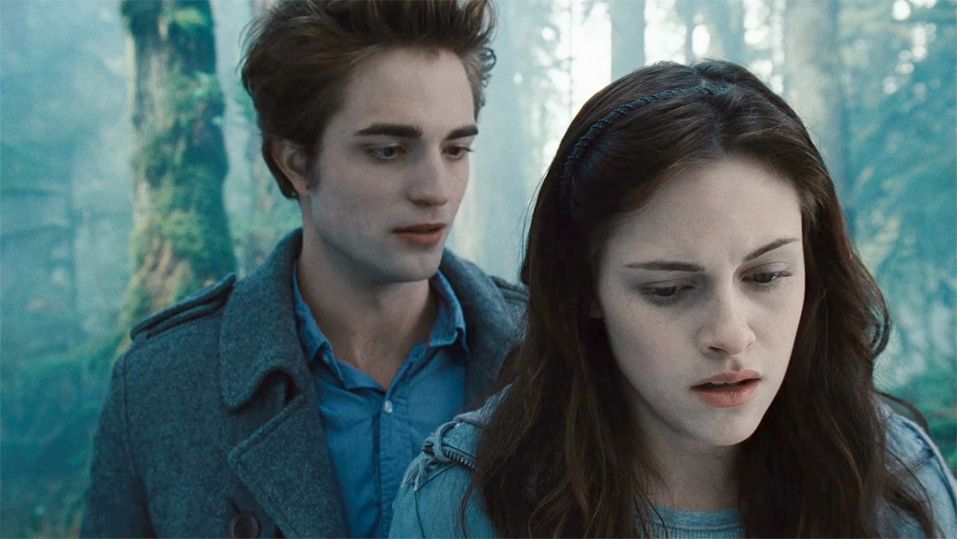
5. **How Storytelling Creates Emotional Connections in Trailers**At its heart, a great story is the absolute foundation of any emotionally impactful movie, and even in a trailer, glimpses of this structure are crucial for hooking an audience. The narrative framework of a full film is designed to take audiences on an emotional journey, and trailers masterfully hint at this journey, creating curiosity and emotional investment even with fragmented information. They tease the core elements that will make you care.
One of the most common storytelling techniques, the hero’s journey, is often distilled into its most compelling beats within a trailer. You’ll see snippets of a character facing immense challenges, growing through their experiences, and glimpses of them ultimately achieving something meaningful. This foundational structure resonates deeply, mirroring real-life struggles, and trailers quickly tap into that universal appeal, making us invested in the protagonist’s fate.
Character development, even in its most embryonic form, plays a huge role in a trailer’s emotional storytelling. When a trailer gives us a quick but effective sense of a character’s motivations, their pain, dreams, or challenges, we naturally begin to connect with them. A well-written character, revealed through a few choice lines or expressions, makes us feel invested in their potential journey. Whether achieving a dream or overcoming obstacles, trailers make us feel their nascent emotions.
Dialogue, though often brief and carefully selected, is another potent storytelling tool that shapes emotions in a trailer. The right words, delivered at the perfect moment, can be utterly unforgettable and instantly convey the tone or theme. A powerful, impactful line spoken between two characters, even out of context, creates a lasting emotional impression. Trailers are essentially condensed narrative arcs, using these storytelling fundamentals to quickly establish conflict, stakes, and character appeal.
Read more about: Beyond the Boardroom: Mark Cuban’s Essential Reading List for Entrepreneurs and Visionaries
6. **The Psychological Influence of Trailers**Filmmakers, and by extension, trailer editors, are expert psychologists, using subtle techniques to strengthen your emotional engagement without you even realizing it. These aren’t just random choices; they are calculated moves designed to play on your mind and emotions, making the trailer experience intensely captivating and memorable. It’s all about creating anticipation and resonance on a deeper, often subconscious, level.
One classic psychological technique masterfully employed in trailers is foreshadowing. This is where small, intriguing details or fleeting images early in the preview subtly hint at what’s to come in the full movie. These breadcrumbs build anticipation and create a sense of mystery, making moments in the trailer feel even more satisfying when they unfold. A quick, enigmatic shot of a key object or a cryptic line can spark intense curiosity.
Another incredibly effective technique is emotional contrast. Trailers are notorious for this! You might see a joyful, lighthearted moment followed immediately by a dramatic, intense, or even terrifying scene. This juxtaposition doesn’t just show range; it makes the happiness feel stronger and the subsequent drama more impactful. A brief, serene moment of reflection after an exciting sequence gives your emotions a chance to absorb.
This strategic balance of emotional highs and lows keeps the audience emotionally connected throughout the entire trailer, creating a dynamic flow that mimics the rollercoaster of a full film. By subtly manipulating your expectations and emotional responses, trailers ensure that the movie becomes more than just a passing thought; it becomes an anticipated event, a story that your mind is already beginning to unravel and invest in.
Read more about: Unpacking the Method: The Extreme Techniques and Divisive Practices of Method Acting That Sparked On-Set Drama
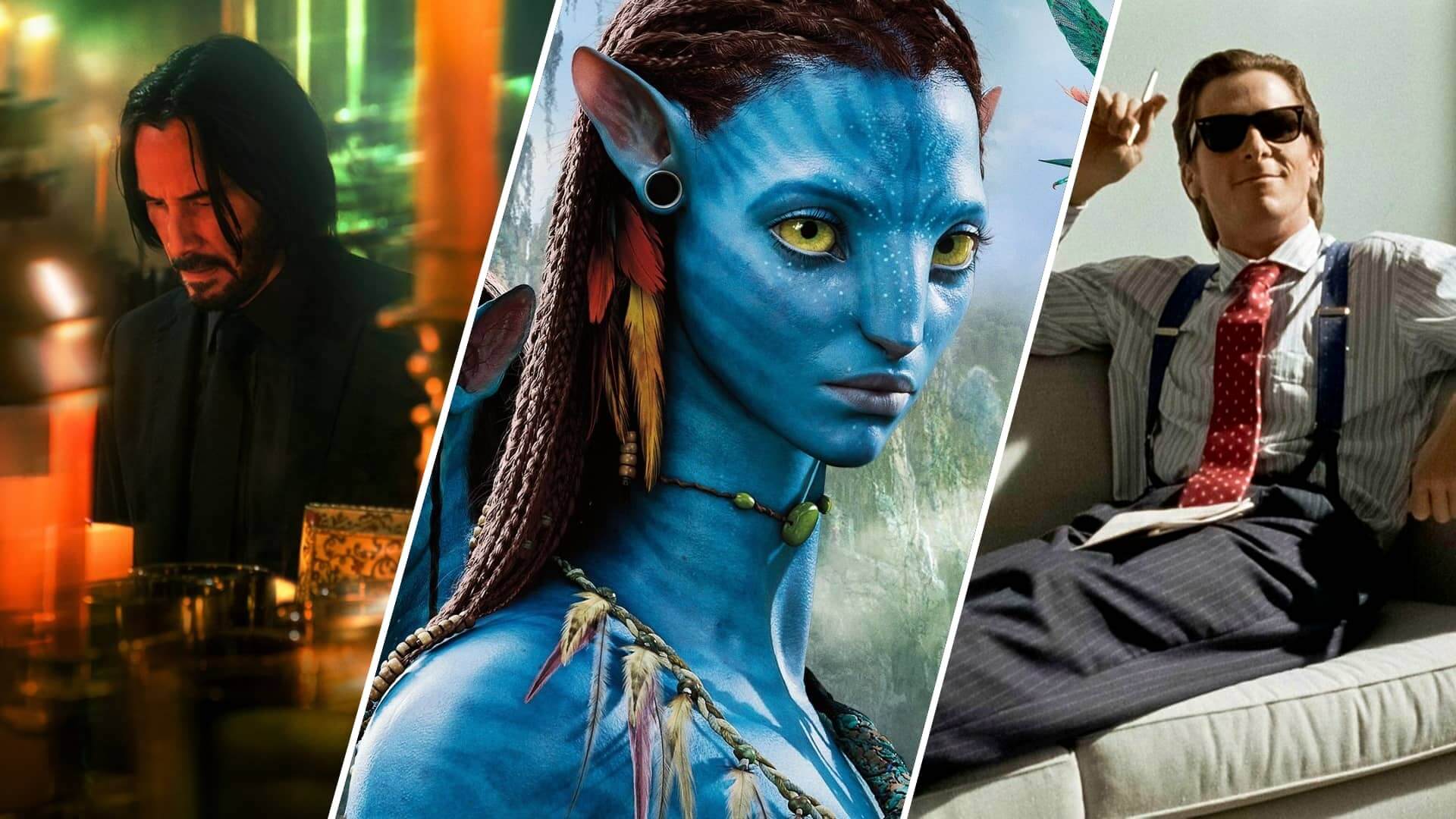
7. **Character Development and Relatability in Trailer Snippets**Filmmakers employ a myriad of techniques to skillfully manipulate our emotions, and one of the most crucial aspects, even in the briefest trailer, is the development of compelling and relatable characters. When we connect with characters on an emotional level, their triumphs and hardships, even glimpsed in fleeting moments, immediately become our own. Trailers are experts at quickly establishing these emotional bonds.
Think about those trailers where you see a character face a seemingly insurmountable challenge, express a profound longing, or share a moment of genuine vulnerability. These carefully selected snippets are designed to make us root for their success, feel their pain, or celebrate their budding victories. By crafting even a hint of well-rounded characters with depth and complexity, trailers create a powerful, instant emotional bond that keeps us invested in their stories.
The relatability factor is key. A trailer might show a character struggling with something universal—a family issue, a career challenge, or an internal conflict—and in that moment, we see a reflection of ourselves or someone we know. This recognition instantly fosters empathy. A few well-placed shots or lines of dialogue are enough to make us feel like we understand their core struggle or aspiration, drawing us into their world with surprising speed and intensity.
This brief, impactful character work is a powerful form of emotional manipulation because it bypasses lengthy exposition. It uses visual and auditory shorthand to communicate a character’s essence and dilemma. Whether it’s a quick shot of a determined gaze, a heartbreaking whisper, or a burst of infectious laughter, trailers leverage these micro-moments to make characters feel tangible and worthy of our emotional investment, leaving us curious to witness their complete journey.

8. **Teasing Mind-Bending Plot Twists**You know that feeling when a trailer drops a bombshell that makes your jaw hit the floor, leaving you utterly speechless and replaying the snippet in your head? That’s the magic of a skillfully teased plot twist! Filmmakers are absolute masters at hinting at shocking revelations, sudden reversals of fortune, or unforeseen outcomes, all packed into those tantalizing few seconds of a preview. They don’t give away the whole story, but they give you just enough to know you’re in for a wild ride.
These narrative surprises are designed to ignite a whole fireworks display of emotions within us. From the sheer excitement of anticipating a major turn to the gripping suspense of wondering what the *real* truth is, plot twists keep us hooked. A fleeting image of a character in an unexpected situation, or a line of dialogue that completely changes the context of what we thought we knew, can evoke disbelief and astonishment, making us desperate to see the full film to unravel the mystery. It’s like the trailer becomes a thrilling game of “what if,” and you’re instantly a player.
Skillfully executed plot twists, even in their brief trailer form, are powerful tools for emotional manipulation. They leave us reeling, questioning our initial assumptions about the story and the characters, and intensifying the emotional rollercoaster that the movie promises to be. These narrative surprises can evoke a range of emotions, from excitement and suspense to disbelief and astonishment, ensuring that the film isn’t easily forgotten before it’s even released.
Ultimately, by giving us a taste of the unexpected, trailers make the film an anticipated event, turning casual viewers into eager detectives. You’re not just watching a preview; you’re signing up for a mental puzzle, a game of narrative chess that the trailer cleverly sets up, ensuring you’ll be thinking about it long after the screen goes black, desperately wanting to know how all the pieces fit.
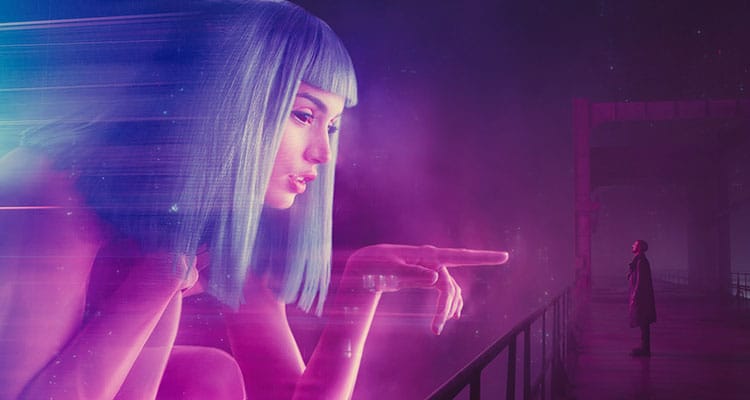
9. **The Subtle Art of Symbolism and Metaphors in Trailers**Sometimes, the most profound emotional punches in a trailer aren’t delivered by dialogue or explosive action, but by a single, carefully chosen image that speaks volumes. Filmmakers are brilliant at using visual symbolism and metaphorical storytelling to convey deeper meanings and evoke specific emotions without needing a single spoken word. It’s like they’re speaking directly to your subconscious, leaving an emotional echo that resonates deep within.
Consider the power of symbolic representations glimpsed in a trailer. A broken mirror reflecting shattered hopes, for instance, immediately communicates a character’s fractured reality or a dream that’s fallen apart, stirring feelings of empathy or loss. Or imagine a solitary figure standing against a stormy backdrop, instantly conjuring feelings of sadness, isolation, or perhaps an unbreakable resilience against overwhelming odds. These aren’t just pretty shots; they’re emotional shorthand, communicating complex themes in an instant, making us feel without explicit exposition.
Through these carefully chosen symbols and metaphors, trailers manage to evoke specific emotions in viewers, establishing a profound emotional connection in mere seconds. They create an immersive visual language that helps us anticipate the emotional depth and thematic richness of the full film. This allows filmmakers to communicate complex emotions and ideas in a visually compelling way, hinting at layers of meaning that promise a rich, thought-provoking cinematic experience.
Ultimately, these symbolic snippets in a trailer leave a profound impact on the audience’s emotional state, making us eager to uncover the full spectrum of emotions and ideas the film intends to explore. You see these fleeting moments, and your mind immediately starts to connect the dots, building anticipation for the full story and its deeper philosophical underpinnings.
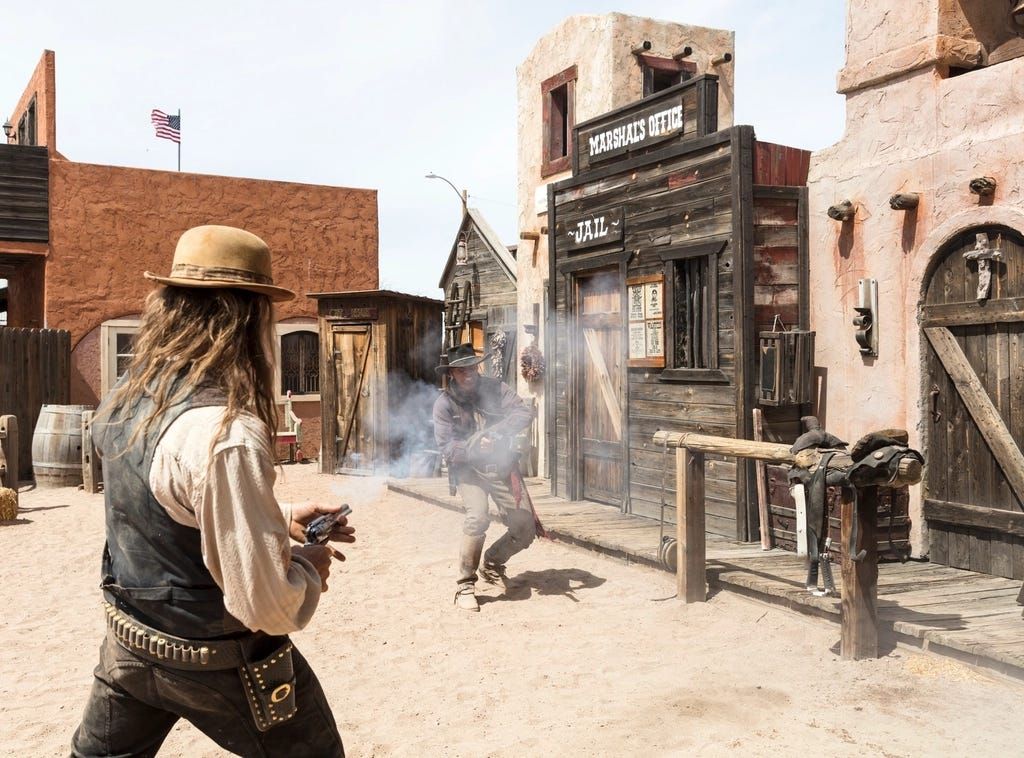
10. **Crafting an Unforgettable Atmosphere in Seconds**Ever noticed how a trailer can instantly transport you to a completely different world, making you feel the eerie chill of a haunted house or the vibrant energy of a bustling city, all in a matter of seconds? That’s the masterful art of crafting atmospheric settings, a crucial aspect of emotional manipulation in trailers. The environments glimpsed in these previews are meticulously designed to shape the mood and tone, evoking specific emotions even before you’ve seen a single scene unfold.
Think about how trailers might use the deep, unsettling darkness of an abandoned mansion to immediately conjure a sense of dread and suspense, making your skin tingle with anticipation for a horror flick. Or, on the flip side, the warm, sun-drenched beauty of a tranquil countryside can instantly evoke feelings of peace, romance, or a quiet, introspective drama. These brief environmental snippets aren’t just background; they are active participants in setting your emotional stage, drawing you into the narrative’s emotional landscape.
Filmmakers meticulously design and curate these atmospheric glimpses to evoke desired emotional responses, enveloping us in a world that resonates with our deepest feelings. Whether it’s the claustrophobic tension of a confined space that makes your chest feel tight, or the awe-inspiring beauty of a breathtaking landscape that fills you with wonder, the setting plays a vital role in immersing us in the emotional world of the film. These moments skillfully prepare your emotional palette for the full cinematic experience.
This strategic use of atmosphere in trailers serves to not only introduce the film’s visual world but also to pre-condition our emotional state. It’s about more than just showing a location; it’s about making you *feel* the place, creating a powerful sense of immersion that builds anticipation for the emotional journey that awaits. These carefully chosen visuals in a trailer are designed to make you crave immersion in that full, rich setting, knowing it will be an emotional feast.
Read more about: Nine Unapologetic Beasts: The Most Fuel-Inefficient Engines to Ever Roam the Road
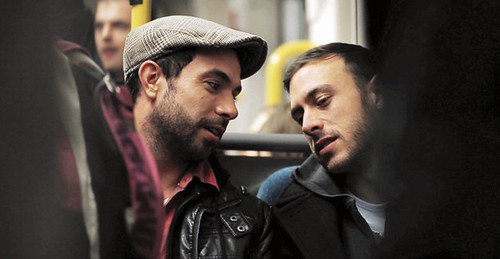
11. **The Intriguing Game of Dramatic Irony in Trailers**Get ready to have your mind twisted in the best way possible! Trailers often employ dramatic irony, a psychological technique where *we*, the audience, know something crucial that the characters on screen do not. It’s a brilliant way to create tension and emotional involvement, making us lean forward, whispering “No, don’t do it!” at the screen even during a brief preview, because we can see the trap they’re falling into.
This sophisticated technique makes us feel like we’re in on a secret, giving us a privileged perspective that amplifies our emotional responses. A trailer might show a character confidently walking into a seemingly safe situation, but a quick cut or a subtle visual clue—known only to us—hints at impending danger or a hidden threat. This isn’t just about suspense; it’s about building a profound emotional connection as we witness the character’s unwitting journey, making us desperate for the moment they finally realize the truth.
By teasing elements of dramatic irony, trailers brilliantly guide our emotions, enhancing the narrative’s impact and engaging viewers on an instinctual level. The disparity between the character’s ignorance and our knowledge creates a potent emotional hook, drawing us into the story with a sense of urgent curiosity. We become emotionally invested not just in what *will* happen, but in the dramatic difference between what the characters perceive and what we know to be true.
Ultimately, this subtle yet incredibly powerful way to ensure the movie stays in your thoughts, urging you to discover how this unfolding secret will ultimately play out. Filmmakers use this technique to make the audience feel smarter, more aware, and therefore more deeply invested in the fate of the characters, turning a simple preview into a captivating psychological experience.
Read more about: Seriously, Where Did They Go? The Fascinating Vanishing Act of 14 Legendary Auto Brands
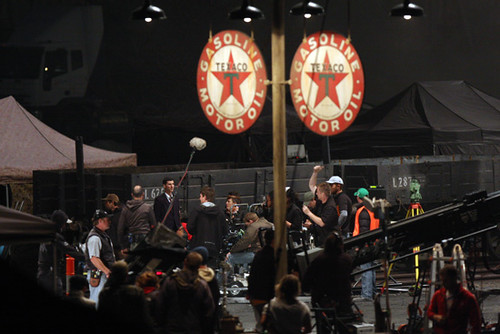
12. **Unraveling Stories with Non-Linear Storytelling in Previews**Sometimes, a trailer doesn’t just show you scenes in chronological order; it dances through time, jumps between moments, and presents a mosaic of the movie’s narrative. This is the art of non-linear storytelling, and in a trailer, it’s a fantastic way to influence how viewers perceive events, maintaining a thrilling sense of suspense and keeping us utterly hooked and interested. It’s like a puzzle, and the trailer gives you tantalizing, out-of-sequence pieces.
Trailers using non-linear techniques might offer fragmented timelines, quick cuts that jump between different periods, or present events out of their traditional sequence. This isn’t random; it’s a deliberate choice to build intrigue and make the audience actively engage in piecing together the narrative. You’re not just passively watching; your brain is working overtime, trying to understand the connections and the bigger picture, drawing you deeper into the mystery and raising questions that demand answers.
This unconventional approach keeps the audience engaged, constantly reflecting about the nature of the story and wondering how all these disparate moments will eventually connect. It can maintain suspense and interest by obscuring key information, only to reveal it in a flash, ensuring that every second of the trailer feels significant. It’s a bold way to hint at a complex narrative structure, promising a film that will challenge your perceptions and keep you guessing.
By presenting a story that doesn’t follow a straight line, trailers effectively build anticipation for a unique and thought-provoking cinematic experience that defies simple explanation. They make the viewer an active participant in the story’s initial unraveling, fostering a deeper curiosity and commitment to seeing how these jumbled pieces eventually form a cohesive, impactful whole.
Read more about: Rick and Morty: An Unhinged Odyssey Through Animation, Philosophy, and Pop Culture Dominance
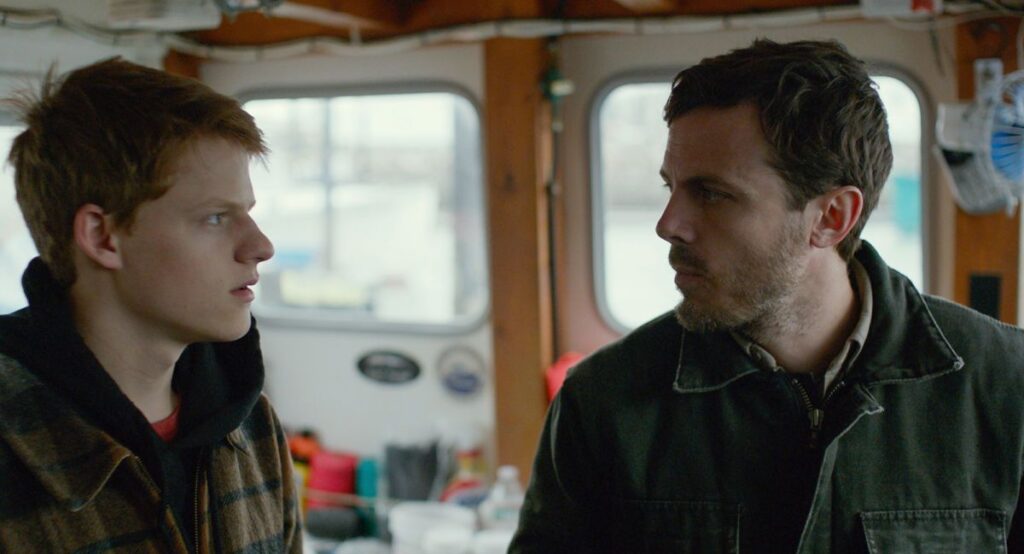
13. **Teasing the Twists of Power Dynamics and Authority**Ever felt that surge of intrigue when a trailer hints at a clash of wills, a struggle for control, or the subtle ways influence is wielded? That’s where trailers excel at teasing the fascinating world of power dynamics and the influence of authority. These previews masterfully illustrate how authority shapes relationships and decisions, drawing us into narratives where control is everything, and the stakes are incredibly high.
Trailers focusing on power dynamics often tease shifts in control, highlighting the motivations behind manipulative behavior and the complex interplay between characters. You might see a charismatic leader making a compelling speech, a subtle act of coercion, or a defiant stand against an oppressive system. These glimpses offer insights into human interactions where authority, whether individual or institutional, plays a pivotal role in maintaining or challenging the status quo. The tension this creates is palpable, pulling you into the narrative’s gravitational field.
Characters wielding authority in these trailer snippets might employ coercion, persuasion, or even outright deceit to achieve their aims, and the preview gives you just enough to know the conflict is intense. Films like “House of Cards” brilliantly showcase political intrigue, while “Get Out” delves into underlying societal pressures, and trailers for such movies capture this essence perfectly. They hint at a world where power is a weapon, and influence is the ultimate game.
By exploring these complex scenarios through carefully selected moments, trailers shed light on the broader implications of authority on personal and societal levels, leaving you desperate to see how these power struggles unfold. They make you question who truly holds the reins and what lengths characters will go to secure or escape control, turning a brief preview into a deep dive into human nature and the allure of power.
***
**The Enduring Spell: Why We Can’t Resist the Hype**
As we reach the end of our exploration into the captivating art of emotional manipulation in Hollywood movie trailers, we’re reminded of the incredible power these bite-sized masterpieces hold in capturing our hearts and minds. Throughout this journey, we’ve uncovered the ingenious techniques filmmakers use to skillfully manipulate emotions, from foundational camera work and sound design to advanced narrative strategies like plot twists and the teasing of power dynamics.
The ability of movie trailers to manipulate our emotions is not just a testament to the unparalleled craftsmanship of filmmakers, but also a reflection of the profound impact that storytelling, even in its most condensed form, can have on our lives. By immersing ourselves in the fleeting glimpses offered by a trailer, we allow ourselves to experience a wide range of emotions, from pure excitement and deep curiosity to genuine suspense and thoughtful anticipation.
These emotional journeys, sparked by mere minutes of footage, leave a lasting impression, shaping our perspectives and inspiring us to embrace the complexities of the human experience that await us in the full feature film. Every detail in a trailer is carefully designed to guide emotions, and that’s what makes these previews such a special part of the cinematic experience.
So, the next time you watch a movie trailer, take a moment to notice how each carefully chosen element makes you feel. Appreciate the artistry and intention behind the emotional manipulation, and recognize the powerful impact it has on your own eager psyche! It’s a true masterclass in how to hook an audience, and now you know some of their best-kept secrets!


